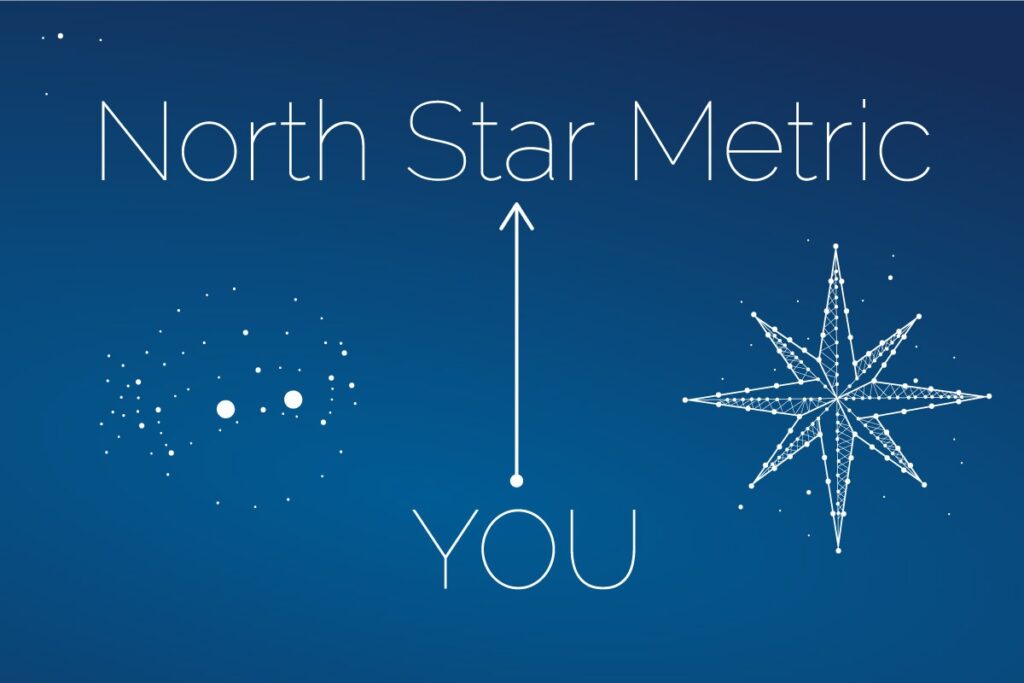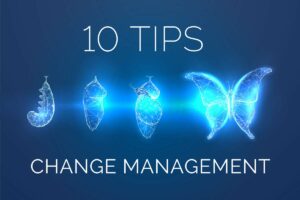In part 1 of our series we have clarified,
what the North Star Metric is and what it is used for
. How do I put this knowledge into practice? How do I decide on my own North Star Metric?
How do I find my North Star Metric?
You start with the basic questions: What is the service for which your product is being purchased? What is the core benefit of your product? How can this be quantified? Does this metric embody the positive growth of your business?

Not every quantifiable growth metric is directly your North Star Metric – for this reason, it’s important to explore these metrics further and run multiple scenarios with them. This will help you see how these numbers affect each other and what the one might be that you align your business with.
In doing so, you can ask yourself the following questions:
- Does the metric represent the essential value of your product?
- Can the activity of your users be detected in it?
- Is the metric easy to understand and explain?
In the words of Richard Feynman, “If you can’t explain something to a first year student, then you haven’t really understood.” In this context, if you can’t explain it to the rest of the team in one sentence, it’s too complicated.
To find out if your metric can really work as an NSM, you can go through the following checklist:
Checklist North Star Metric
- The NSM applies to all your customers
- This added value is measurable
- External factors have minimal influence on the metric
- NSM growth goes hand in hand with company growth
- The NSM hardly varies
__________________
Once you have settled on your NSM, you can refine and narrow it down: at what intervals (daily, weekly, monthly) does it make sense to measure it? Can the NSM be broken down to smaller basic units? If so, back to the checklist and go through the smaller units.
The ONE, correct North Star Metric?
However, the NSM is (unfortunately) not the automatic complete solution to all your (growth) problems: The most important thing is that you understand your customers and know what value they get from your product. This also requires that you review your NSM and check if it can keep up with the changes in the market.
It’s hard to find the one, “right” metric that sums it all up right off the bat. Don’t worry – the only thing your business needs is a metric that makes sense. Often, only several trial-and-error runs lead to the perfect metric. But until then, you can settle for one that your teams can easily focus on and that will bring you long-term growth.
The North Star Metric has become one of the most important KPIs in the “metrics sky” against which all marketing and sales efforts should be aligned.
Here’s to good growth,
Stefan Greunz



